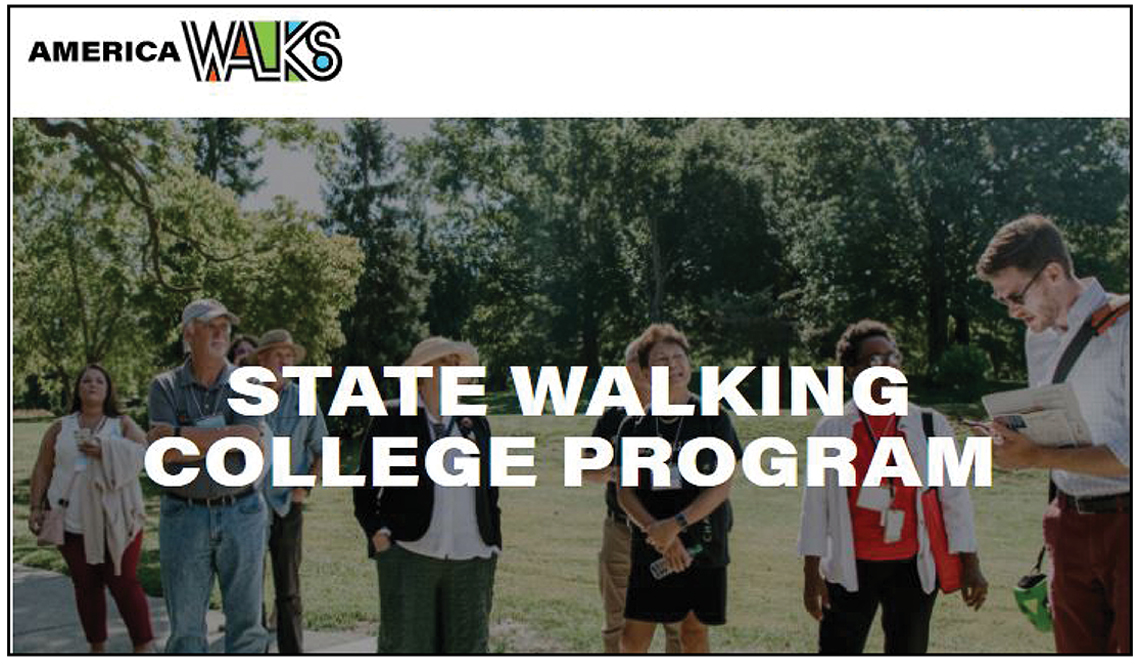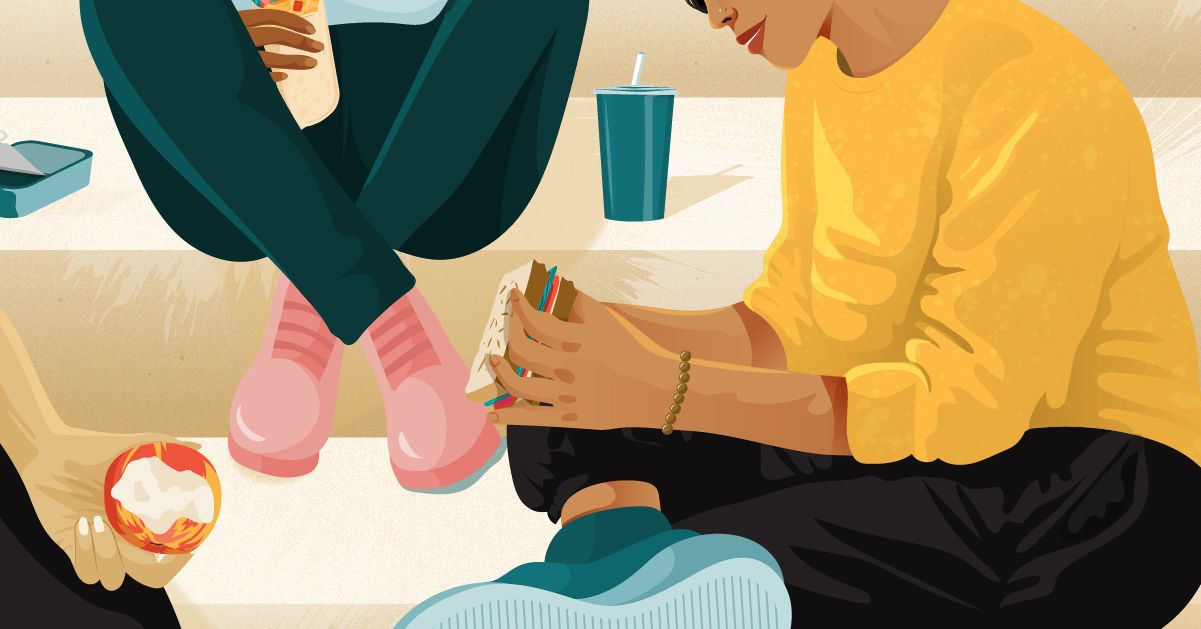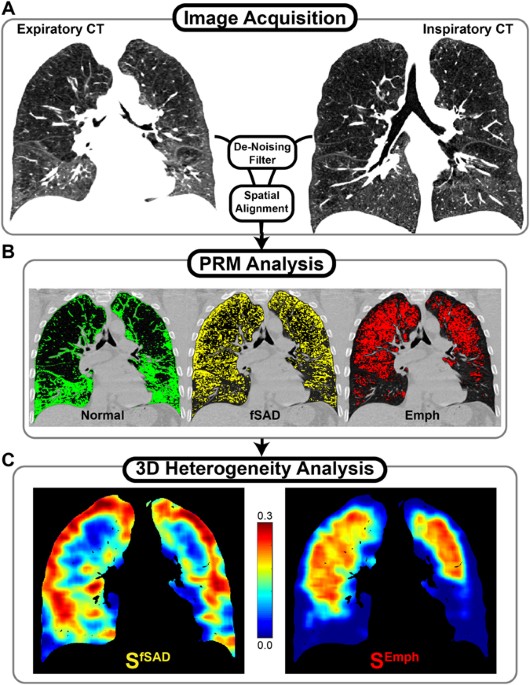
- Select a language for the TTS:
- UK English Female
- UK English Male
- US English Female
- US English Male
- Australian Female
- Australian Male
- Language selected: (auto detect) - EN
Play all audios:
During the height of the COVID-19 pandemic, many people turned to walking as a way to safely get around while also social distancing. Yet too many communities are essentially unwalkable due
to nonexistent or poor sidewalk conditions, ill-timed crosswalk signals, or long distances between residential and business districts. Older adults represent a disproportionate number of
pedestrian fatalities, and unsafe walking conditions are particularly pronounced in communities of color. PLAN ON WALKING! America Walks State Walking College From America Walks Of the 33
action plans created by the State Walking College's inaugural class, we selected two examples from each state. The plans vary a bit in structure. All can inspire similar planning and
walkability goals for other communities. CALIFORNIA LA MESA: _Envisioning an Urban Trail to Enhance the Health and Vibrancy of a Neighborhood_ SAUSALITO AND MARIN CITY: _Uniting
Once-Segregated School Communities by Fostering a Shared Space for Walking, Cycling and Connecting_ GEORGIA ATLANTA: _Creating a Safe Commuter Corridor for Pedestrians_ AUGUSTA: _Building a
Multipurpose Trail to Enhance the Community’s Health and Well-Being_ SOUTH DAKOTA SIOUX FALLS: _Advancing Active Transportation in an Underserved Neighborhood_ WANBLEE:_ Improving
Walkability and Bikeability in a Remote Native American Community_ That’s why AARP teamed up with America Walks, a nonprofit organization that advances efforts to create safe and enjoyable
places to walk by providing local leaders and community members with the skills and the resources to effectively advocate for change. Developed with support from AARP, the State Walking
College program took America Walks’ National Walking College and adapted it for a select group of participants (called fellows) from California, Georgia and South Dakota. In 2021, the
state-based program graduated its first cohorts, which consisted of representatives from towns, cities and counties enrolled in the AARP Network of Age-Friendly States and Communities; local
leaders; municipal staff working in transportation, public health and planning; AARP staff and volunteers; and a range of other community partners who are working to advance livability
policies and designs. Starting in May, the selected fellows engaged in an 18-week virtual educational program that covered the following six modules about walkability. * How We Got Here *
Developing Leadership * Organizing for Change * Designing for People * Shifting Public Policy * Planning a Strategy The fellows learned the basics of walkable design, how to navigate
the public policy process and effectively engage decision makers, and how to foster a local advocacy movement grounded in equity. State-specific examples and resources were incorporated into
the national curriculum, which was recently updated to educate participants about historical injustices and community organizing best practices. Each fellow was assigned to an experienced
mentor — typically a local leader or Walking College graduate — who led small-group discussions and provided individualized coaching. Upon graduation, the fellows developed a walking action
plan (see the "Plan on Walking" box) to tackle a walkability problem in their community. "Changing our communities is not going to happen by decree from above," says Mike
McGinn, executive director of America Walks. "It’s going to happen from the cumulative impact of people working at the local level, changing minds, changing investment patterns, and
changing streets." Rebecca Delphia, the AARP Livable Communities team member who leads the collaboration with America Walks, agrees. "The power of State Walking Colleges is that
every fellow commits to doing something to create a more walkable community for people of all ages," she says. "We hope the approach inspires others to take up the charge too, by
leading a walk audit in their community, getting involved on a local board or commission, or encouraging their local leaders to shift public policy.” _Page published March 2022_






